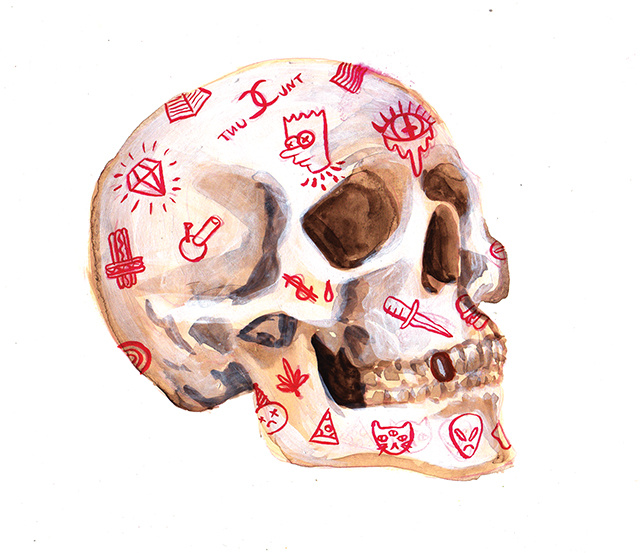By now, to say that highbrow and lowbrow—or high culture and low culture—form a false dichotomy is pretty, you know, obvs. Maybe we’ve felt it to be true for a while, that the idea of high and low as discrete and opposed units of whatever—of product or...

